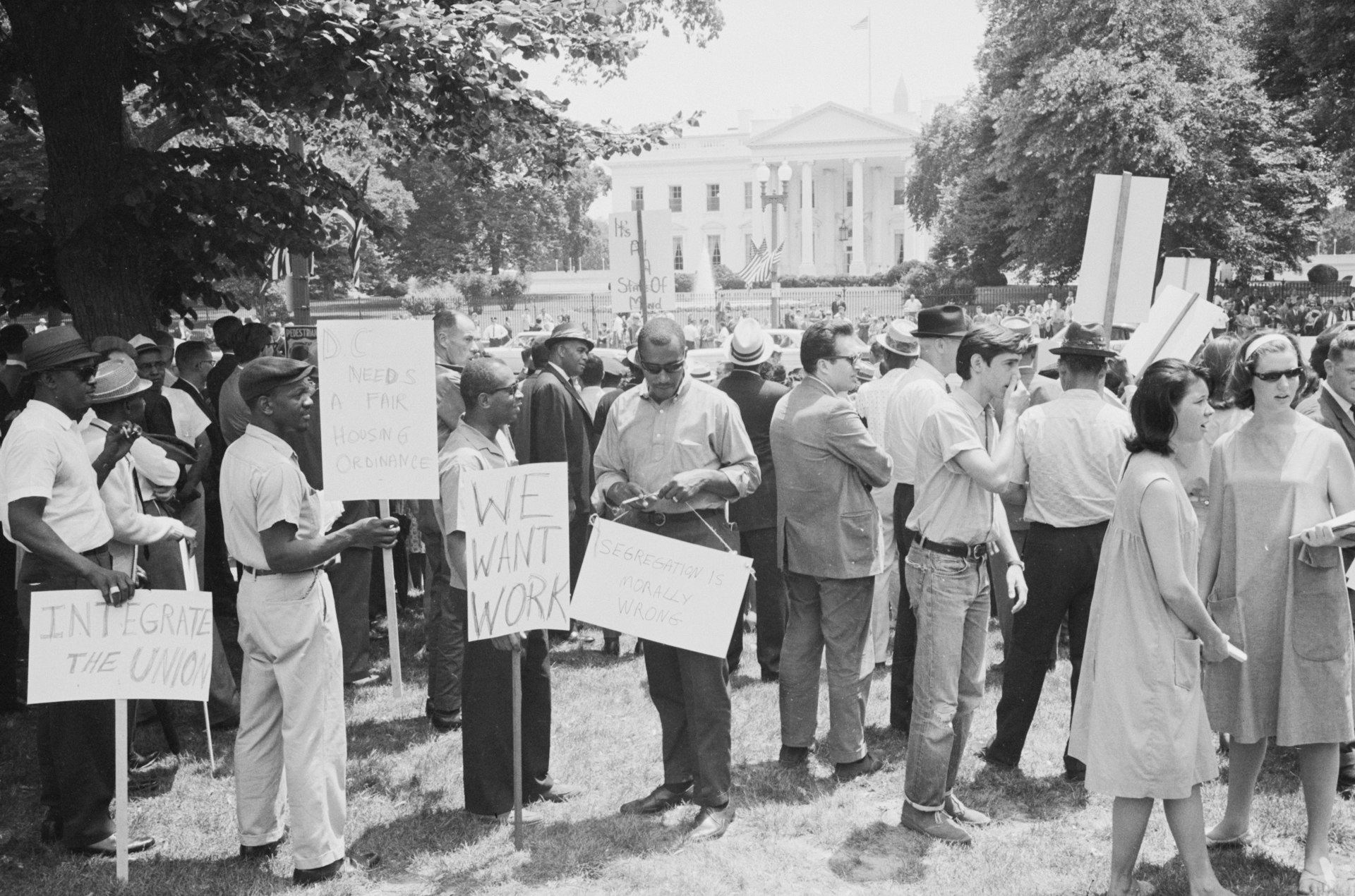Transforming Your Wardrobe: Practical Steps to Embrace the Slow Fashion Lifestyle

Photo by pedram sedghi on Unsplash
Introduction: The Essence of Slow Fashion Lifestyle
Adopting a slow fashion lifestyle is more than just updating your wardrobe-it’s a conscious shift that can positively impact your finances, the environment, and your personal sense of style. Unlike the fast fashion approach, which thrives on cheap, disposable trends, slow fashion values quality, durability, and thoughtful consumption. This lifestyle harmonizes with broader sustainability goals and can transform not only your closet but also your everyday habits and values [2] .

Photo by Mathias Reding on Unsplash
Understanding the Benefits of Slow Fashion
The slow fashion movement offers a range of benefits that extend beyond the environmental sphere. Here’s a deeper look at the most significant advantages:
Quality Over Quantity
Slow fashion prioritizes garments that are made to last. Rather than filling your closet with low-quality, trendy pieces, you invest in fewer, high-quality items that can serve you for years. This approach means less waste, fewer purchases, and ultimately, a more curated and satisfying wardrobe [1] [3] .
Financial Savings Over Time
Although slow fashion items may have a higher upfront cost, their durability and timeless design often result in significant savings over time. You will buy less frequently, avoid constant replacements, and develop a more intentional shopping habit [4] .
Environmental Impact
Choosing slow fashion reduces your ecological footprint. By minimizing textile waste, conserving water resources, and opting for eco-friendly materials, you contribute to the health of the planet. Many slow fashion brands also ensure ethical labor practices and transparent supply chains [1] .
Personal Style and Authenticity
Fast fashion cycles can make personal style feel disposable. Slow fashion, by contrast, encourages you to cultivate a unique look that reflects your personality. Investing in versatile, timeless pieces allows you to express yourself authentically and creatively [3] .
How to Adopt a Slow Fashion Lifestyle: Step-by-Step Guidance
Transitioning to a slow fashion lifestyle is achievable with practical steps. Here’s how you can start:
1. Assess Your Wardrobe
Begin by evaluating your current clothing. Identify items you wear frequently, those you cherish, and pieces that are rarely used. This process helps you understand your true style and needs, setting the foundation for mindful purchasing [1] .
2. Educate Yourself About Brands and Materials
Before buying new clothes, research brands that prioritize ethical sourcing, fair labor, and sustainable materials. Look for transparent companies that openly share their production practices. Many brands publish detailed information about their supply chains and environmental impact on their official websites or product pages.
3. Buy Less, Choose Well
Adopt the mantra: “Buy less, choose well, make it last.” Focus on acquiring garments that are versatile, well-crafted, and suited to your lifestyle. This will naturally reduce impulsive shopping and ensure your purchases are intentional [1] .
4. Care for Your Clothes
Proper garment care extends the lifespan of your clothing. Follow washing instructions, store items properly, and promptly repair minor damages. Many communities offer local tailors or repair cafes where you can learn basic mending skills or have items professionally fixed.
5. Embrace Secondhand and Vintage Shopping
Shopping at thrift stores, vintage shops, or online resale platforms can be an affordable and sustainable way to build a unique wardrobe. By purchasing pre-owned items, you divert textiles from landfills and reduce demand for new production. Major platforms like ThredUp and The RealReal offer a wide selection of authenticated pre-owned clothing.
6. Repurpose and Upcycle
When garments no longer serve their original purpose, consider repurposing them into something new. Old t-shirts can become cleaning cloths, while worn jeans might be transformed into bags or patches. Many DIY tutorials are available online to inspire your creativity.
7. Support Local and Independent Designers
Buying from local artisans and small-scale designers often means supporting ethical production and unique designs. Seek out craft fairs, pop-up markets, or local boutiques that showcase independent makers. This strengthens local economies and fosters closer connections to the people behind your clothing.
Potential Challenges and Solutions
While the benefits are substantial, adopting slow fashion does come with challenges:
Higher Upfront Costs: Slow fashion pieces can be more expensive initially. To manage this, set a budget and prioritize key wardrobe staples. Over time, the cost-per-wear drops significantly as items last longer [4] .
Limited Local Options: In some areas, it may be difficult to find slow fashion brands or repair services. Use online directories, search for “sustainable clothing brands” or “eco-friendly tailors” in your area, or explore online marketplaces with verified sustainability practices.
Style Transition: Moving away from trend-driven shopping can feel daunting. Take time to experiment with different styles and find what truly suits you. Creating a mood board or keeping a style diary can help clarify your preferences.
Alternative Approaches to Slow Fashion
If a full wardrobe overhaul feels overwhelming, consider gradual approaches:
– Implement a “one-in, one-out” rule: For each new item, remove one from your closet.
– Commit to a “no-buy” challenge for a set period, focusing on re-styling and repairing existing pieces instead.
– Host clothing swaps with friends or community members to refresh your wardrobe without purchasing new items.
How to Access Slow Fashion Resources and Support
If you want to deepen your commitment, you can search for the following resources and opportunities:
- Look for local repair cafes or sewing workshops by searching “clothing repair events near me.” These events may be hosted by community centers, libraries, or environmental organizations.
- To find ethical brands, visit established directories such as Good On You (search for “Good On You ethical brand ratings”) for verified sustainability ratings and detailed reviews.
- To access vintage and secondhand clothing, search for nearby thrift stores or use reputable online resale platforms by looking up “certified secondhand clothing marketplaces.”
- If you wish to volunteer or advocate for slow fashion, many environmental groups and fashion activism organizations can be found by searching “slow fashion advocacy groups.”
Key Takeaways and Next Steps
Adopting a slow fashion lifestyle is a journey rooted in intentionality, quality, and ethical values. Each small step, from mindful shopping to repairing garments, contributes to a more sustainable and fulfilling relationship with fashion. As you progress, share your experiences with others and help foster a broader shift toward conscious consumption.
References
[1] SANVT (2023). 10 Slow Fashion Benefits & Fast Fashion Disadvantages.
[2] Lucys.net (2023). What Is Slow Fashion? Principles, Benefits & Drawbacks.
[3] Weaving Vibes (2023). The Beauty of Slowing Down: Discovering the Benefits of Slow Fashion.



